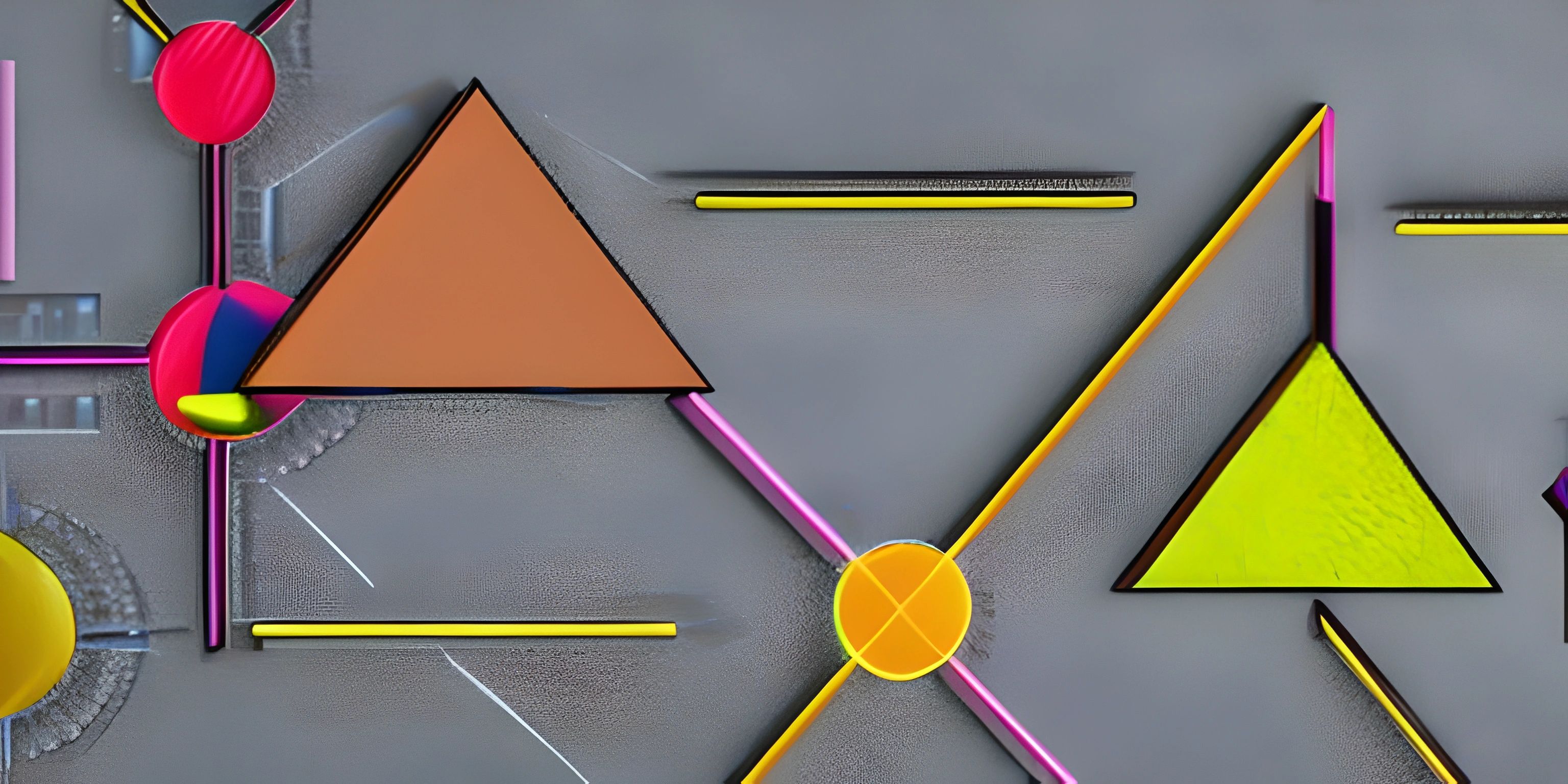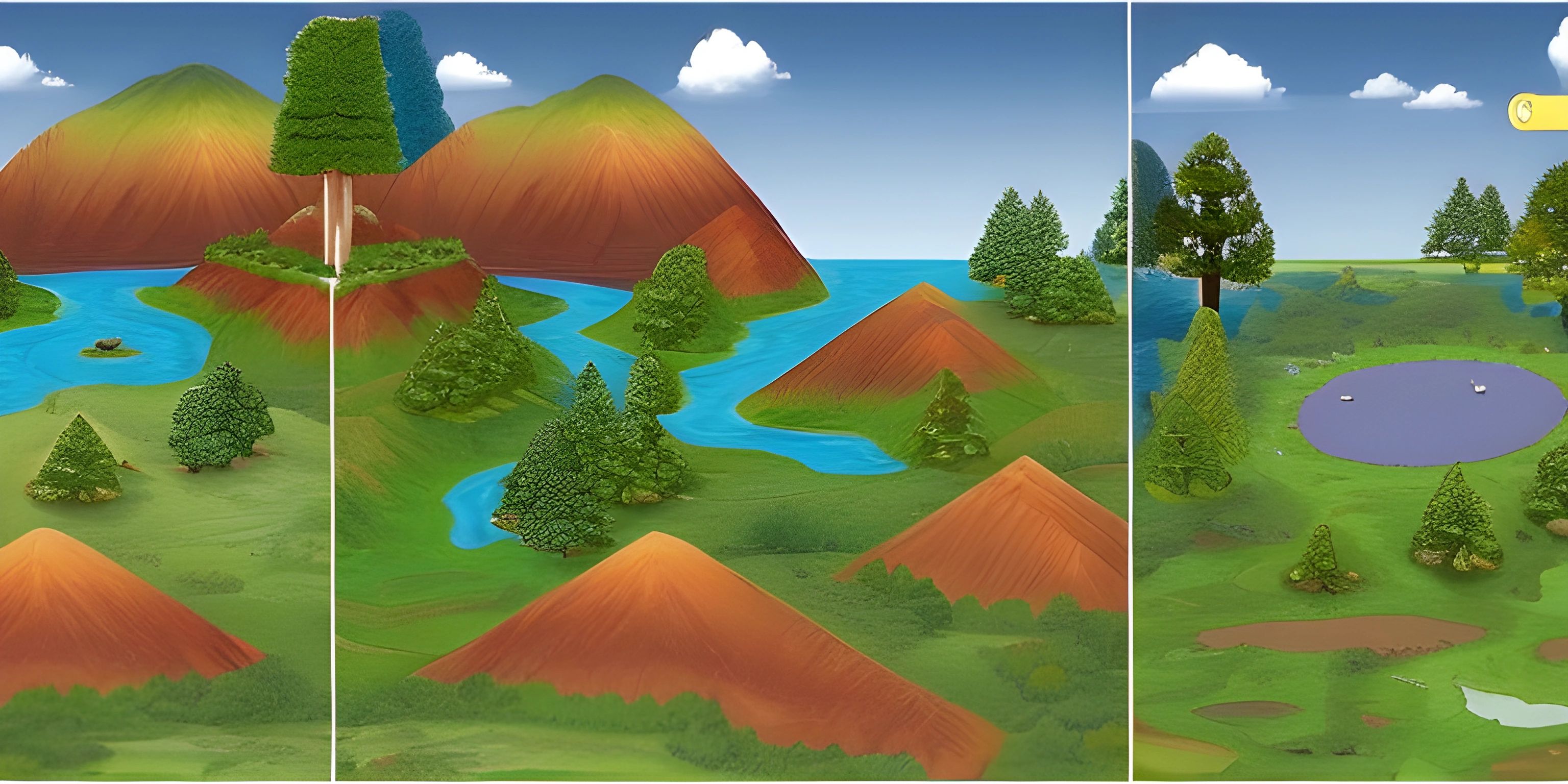Understanding the Actor Model

Note: this page has been created with the use of AI. Please take caution, and note that the content of this page does not necessarily reflect the opinion of Cratecode.
The Actor Model is a computational model designed to handle concurrent and parallel computing tasks. It is particularly useful in building distributed systems, where parts of the system are running on separate threads, processes, or machines. In this article, we'll explain how the Actor Model works, its benefits, and how to apply it in real-world programming situations.
What is the Actor Model?
The Actor Model is based on the idea that actors are the fundamental building blocks of a system. An actor is an independent entity that can send and receive messages to/from other actors, and perform internal computations or change its internal state based on these messages.
This model was first introduced by Carl Hewitt in the early 1970s, and it has since been adopted by many programming languages and libraries, such as Akka for Scala and Java, and Erlang.
Key Principles
There are three key principles of the Actor Model:
-
Actors: Actors are the primary units of computation. Each actor has a unique address and can send messages to other actors by their addresses. They are also capable of creating new actors.
-
Messages: Actors communicate through asynchronous message-passing. They don't share memory or state, which helps avoid race conditions and other concurrency problems.
-
Message Processing: Upon receiving a message, an actor can perform several actions, such as updating its internal state, sending messages to other actors, or creating new actors.
Benefits of the Actor Model
The Actor Model offers several advantages for concurrent and distributed programming:
-
Concurrency: The Actor Model makes concurrent programming easier by encapsulating state within actors and avoiding shared state. This reduces the risk of race conditions and other concurrency-related bugs.
-
Scalability: The Actor Model can scale horizontally, meaning it can distribute actors across multiple machines, allowing for efficient resource utilization and increased performance.
-
Fault Tolerance: Since actors are isolated and independent, a failure in one actor doesn't necessarily affect the others. This makes it easier to build fault-tolerant systems.
-
Simplicity: The Actor Model provides a simple, uniform way to structure a system, making it easier to reason about and maintain.
How to Apply the Actor Model
There are various programming languages and libraries that support the Actor Model. Some popular choices include:
-
Erlang: A functional programming language designed for building concurrent and distributed systems, with native support for the Actor Model.
-
Akka: A toolkit and runtime for building highly concurrent, distributed, and fault-tolerant systems using the Actor Model. It is available for both Scala and Java.
-
Orleans: A framework for building distributed systems using the Actor Model in .NET.
When choosing a language or library, consider your project's requirements, your team's familiarity with the technology, and the available resources and support.
Hey there! Want to learn more? Cratecode is an online learning platform that lets you forge your own path. Click here to check out a lesson: Rust - A Language You'll Love (psst, it's free!).
FAQ
What is the Actor Model?
The Actor Model is a computational model designed for concurrent and parallel computing tasks. It is based on the idea that actors, which are independent entities, communicate through asynchronous message-passing, allowing for efficient concurrent programming and distributed system design.
What are the key principles of the Actor Model?
The three key principles of the Actor Model are: 1) Actors, which are the primary units of computation, 2) Messages, which allow actors to communicate through asynchronous message-passing, and 3) Message Processing, in which an actor can perform actions such as updating its internal state, sending messages to other actors, or creating new actors upon receiving a message.
What are the benefits of the Actor Model?
The benefits of the Actor Model include improved concurrency, as it avoids shared state and race conditions, scalability through horizontal distribution of actors across multiple machines, fault tolerance due to the isolation and independence of actors, and simplicity in structuring systems uniformly.





